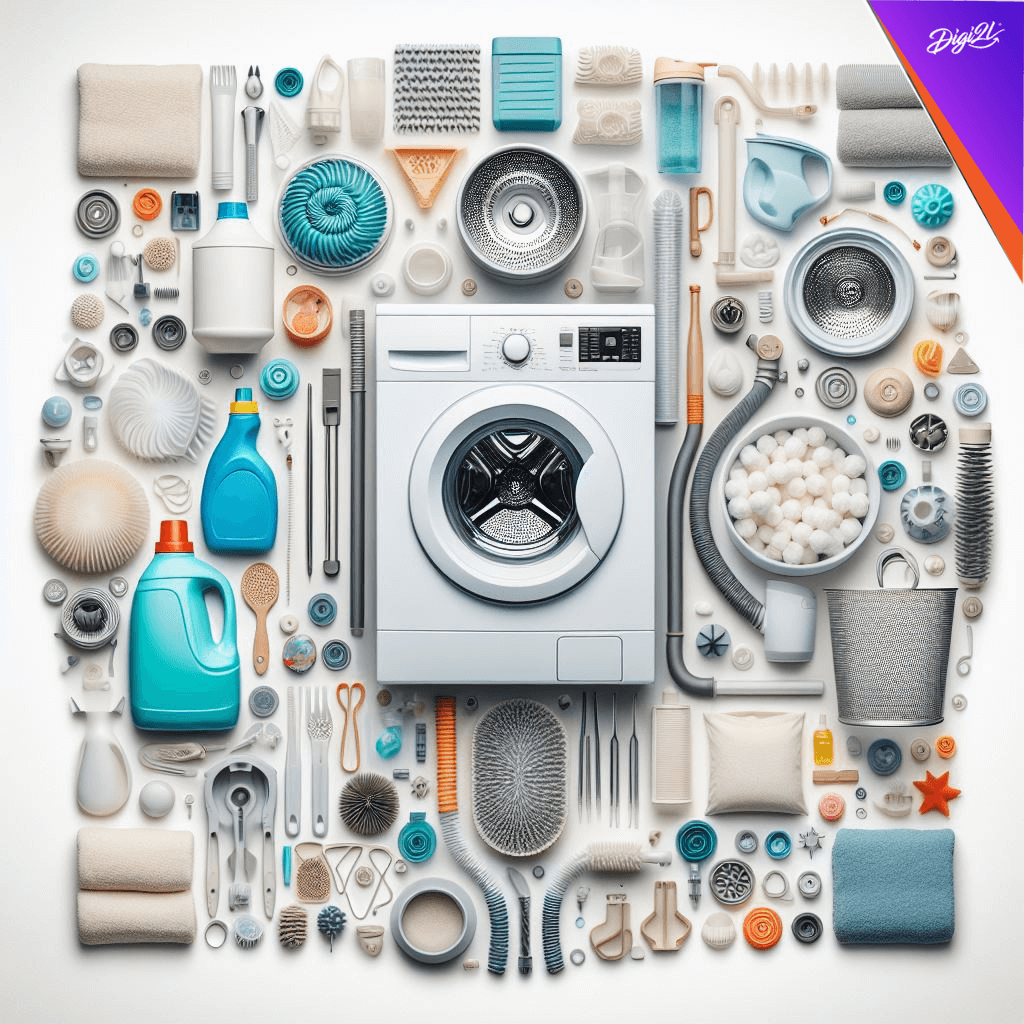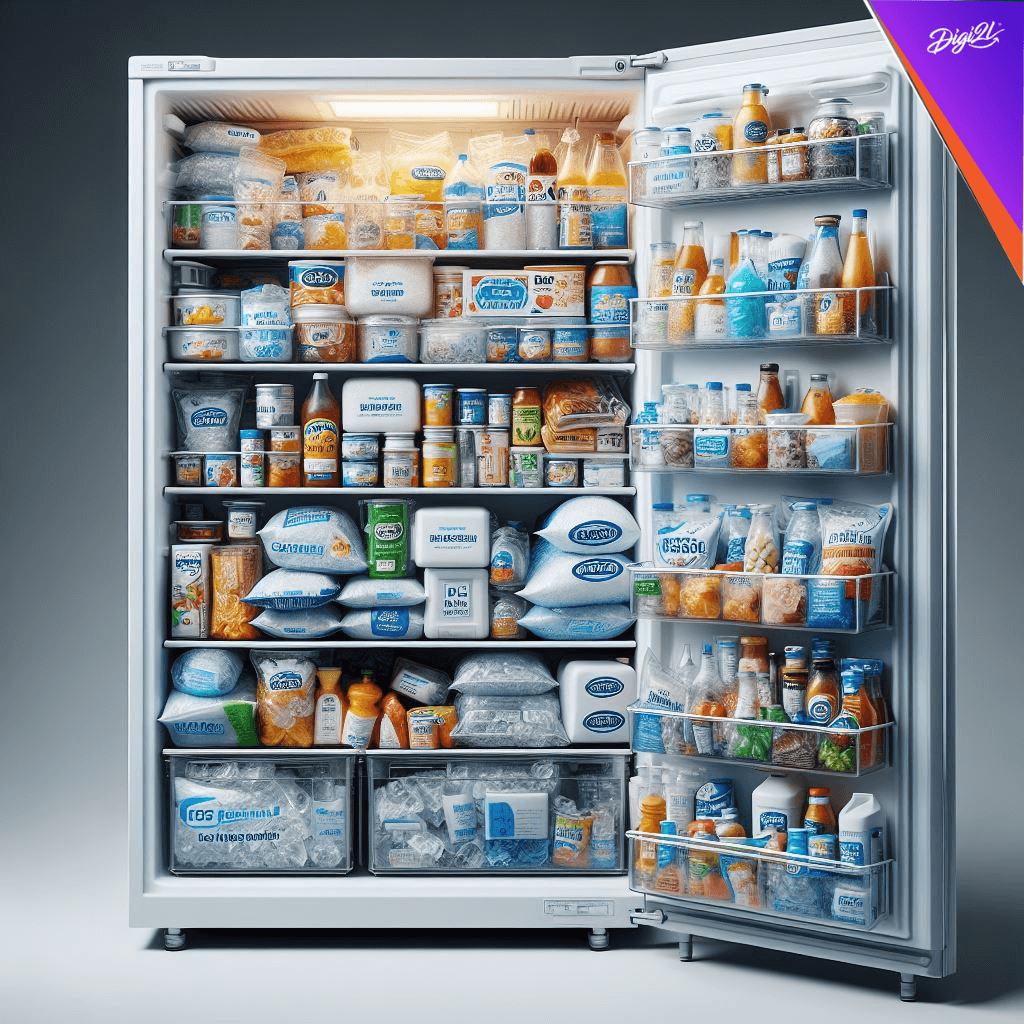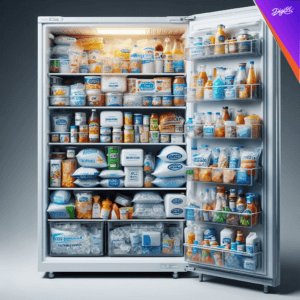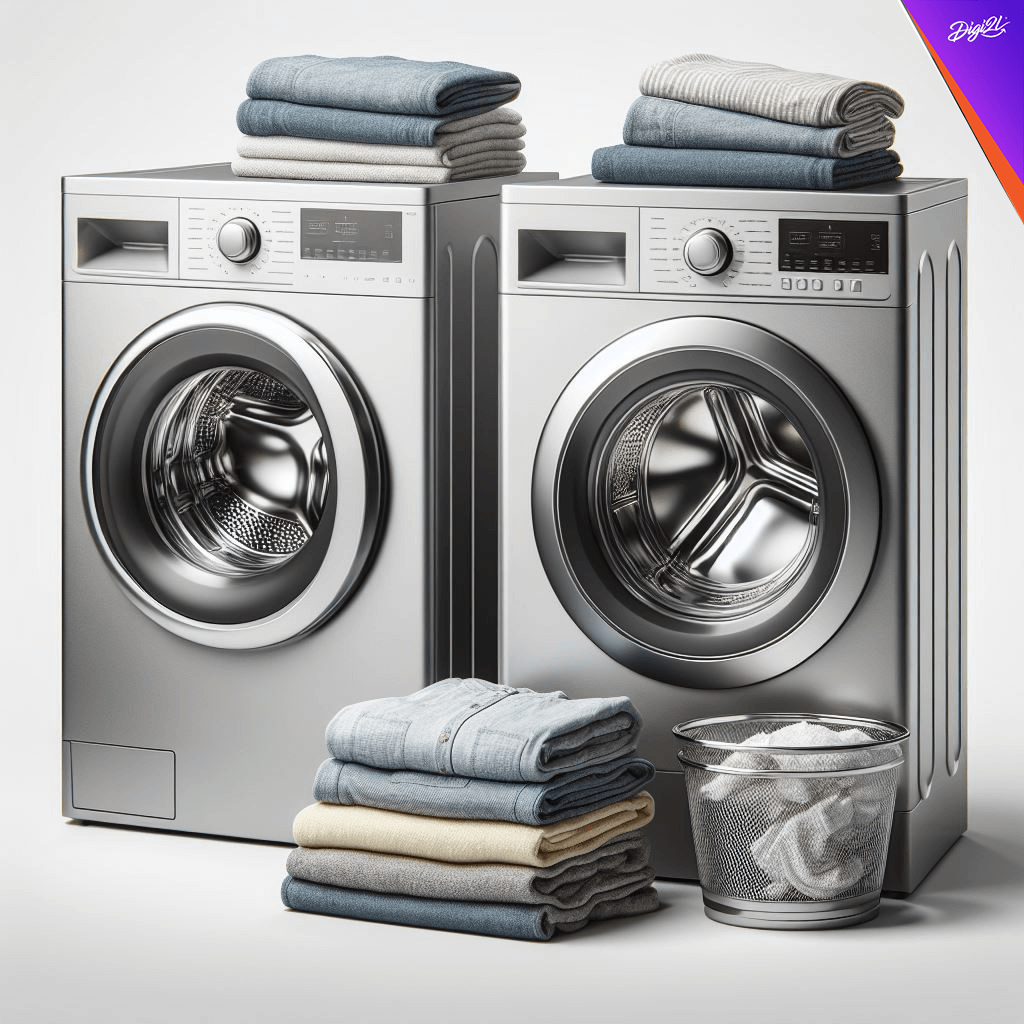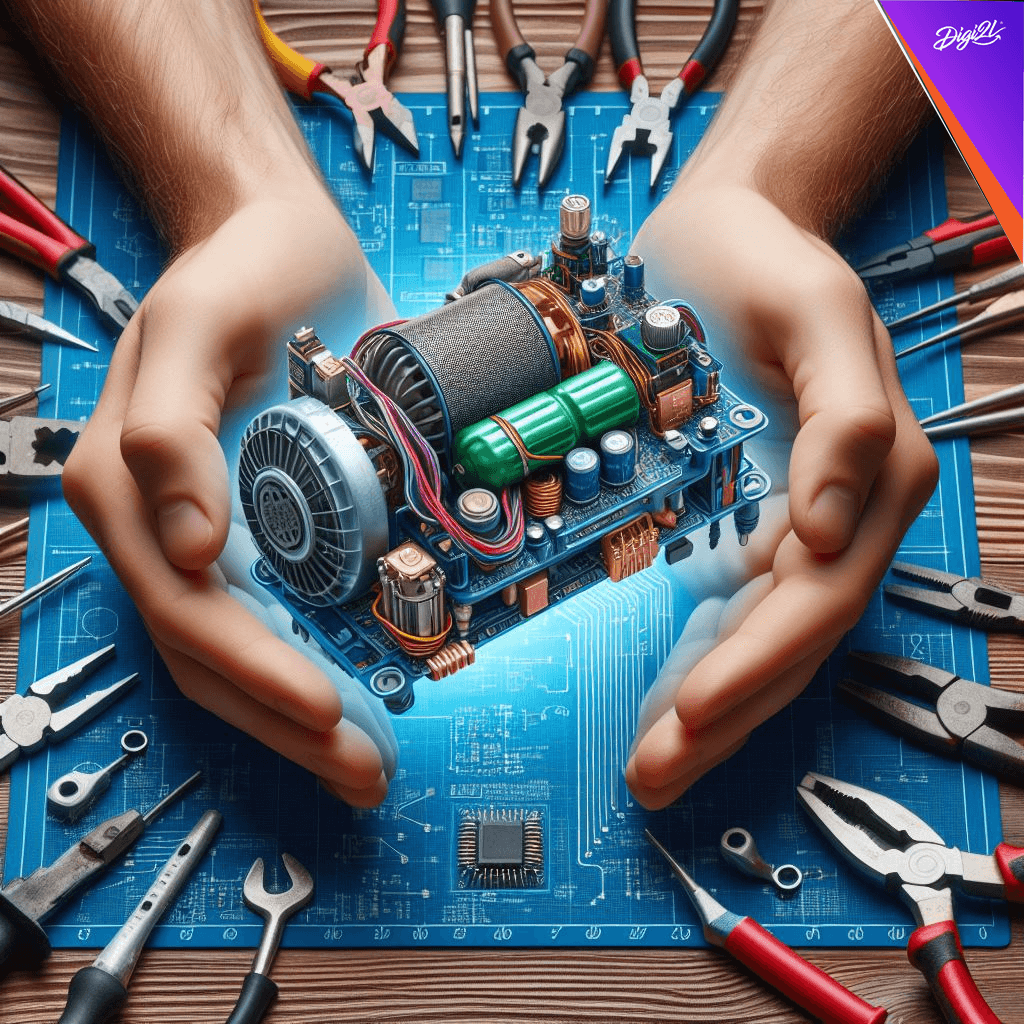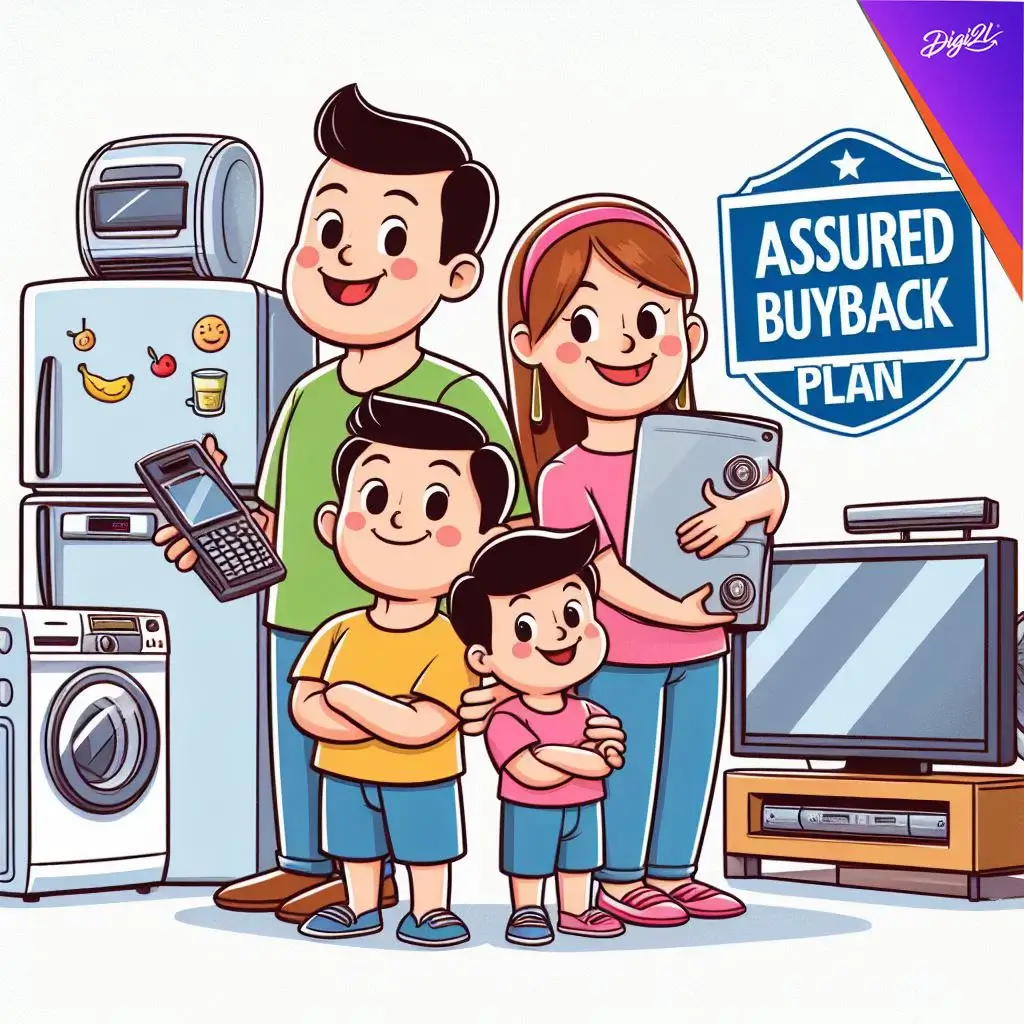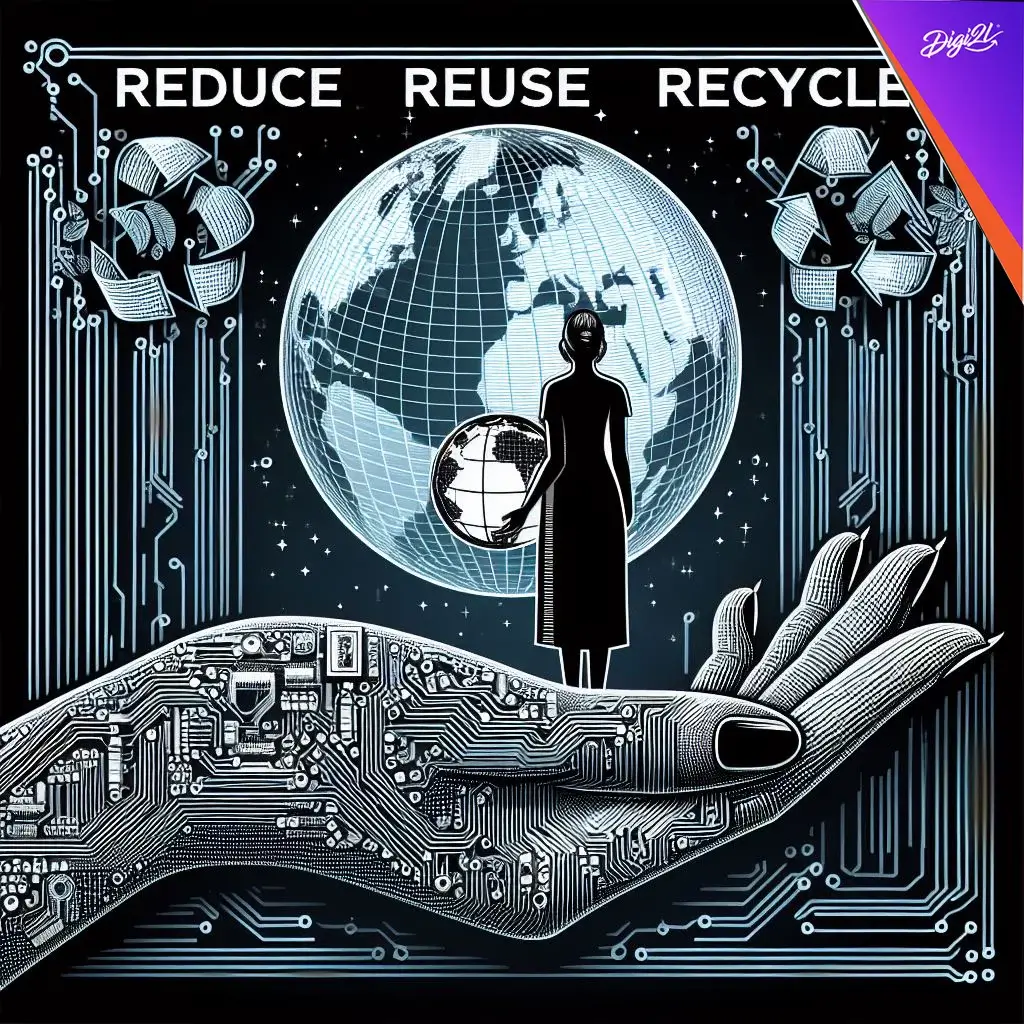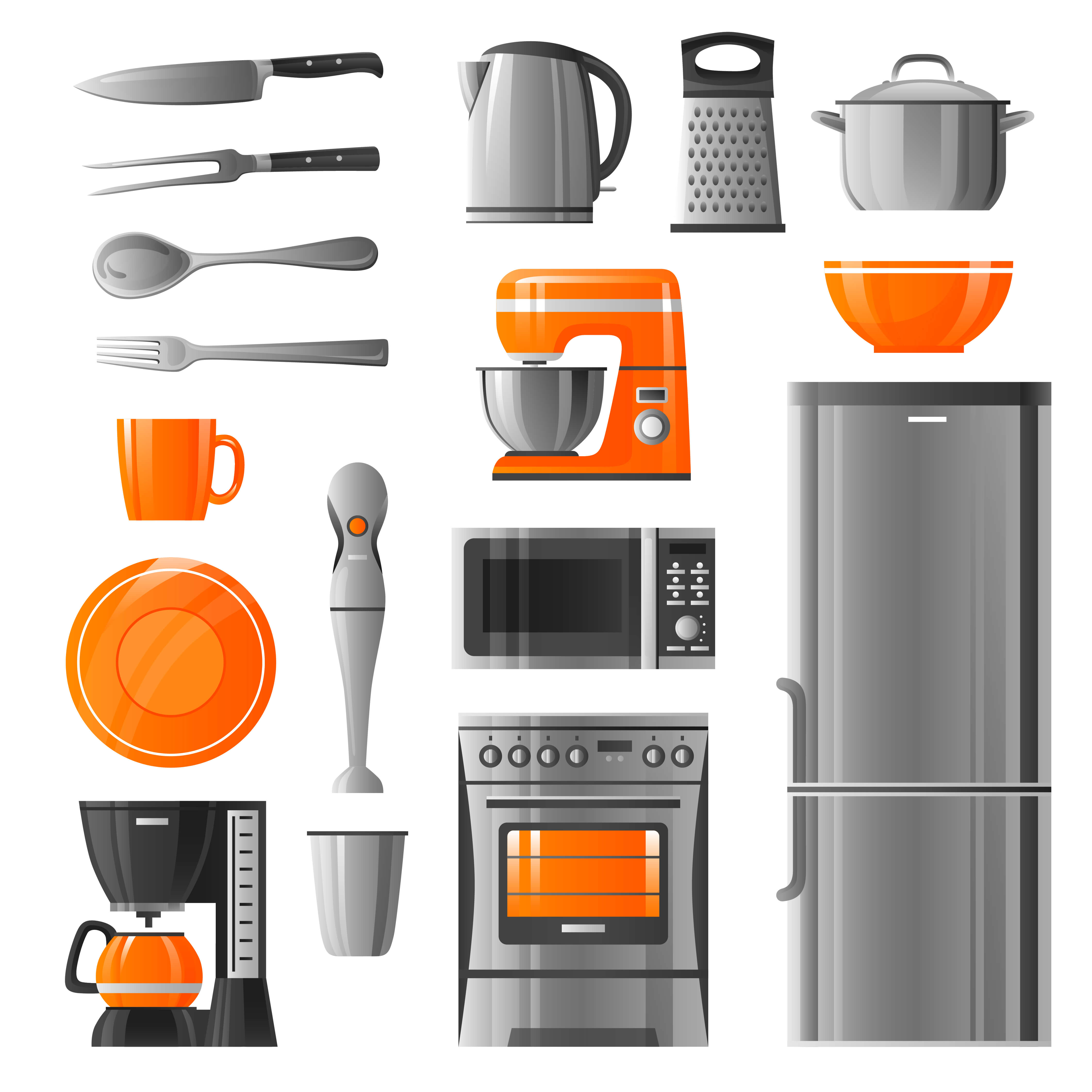In the world of household appliances, the washing machine reigns supreme, transforming laundry from a chore to a breeze. However, behind its efficiency lie often overlooked accessories that play pivotal roles in ensuring effective, hassle-free laundry experiences. Detergent and fabric softener dispensers stand as the power duo, ensuring the right amount of cleaning agents are dispensed at the appropriate stages of the wash cycle. They not only guarantee cleanliness but also leave clothes feeling fresh and soft. The lint trap emerges as a silent hero, capturing stray fibers and particles shed by clothes during washing. Regular maintenance of this accessory prevents clogging of drains, machine damage, and ensures lint-free laundry. The washing machine hose serves as a guardian angel, quietly transporting water to and from the machine. Its durability and resilience prevent leaks and water damage, safeguarding the home against potential disasters. Elevating the machine both physically and functionally, the washing machine pedestal enhances convenience and ergonomics. By raising the machine to a comfortable height, it reduces strain on the back and joints during loading and unloading. Additionally, it offers storage space for laundry essentials, decluttering the laundry room. Collectively, these accessories elevate the laundry experience to new heights, embodying the marriage of convenience and efficiency. They transform mundane chores into moments of sensory delight, ensuring that each load of laundry emerges clean, fresh, and soft. In the hustle and bustle of modern life, it’s easy to overlook the significance of these unsung heroes. Yet, their simplicity belies their importance, serving as testaments to the power of thoughtful design and meticulous engineering. As we navigate the complexities of daily living, let us not forget to acknowledge the contributions of these accessories. For in their diligent service lies the key to seamless, stress-free laundry days – a reminder that even the smallest details can make a world of difference in enhancing our quality of life.
In the realm of household appliances, the washing machine stands as a cornerstone of convenience and cleanliness. Yet, amidst the spotlight on its main functions, the accessories that accompany this marvel often remain unsung heroes. From hoses to laundry bags, these small but significant components play a crucial role in enhancing the efficiency, longevity, and convenience of our laundry routines. In this article, we delve into the world of washing machine accessories, shedding light on their importance and the benefits they bring to our daily lives.
- Inlet and outlet hoses : At the heart of every washing machine lies the inlet and outlet hoses, responsible for supplying water and draining it post-cycle. While they may seem mundane, these hoses are essential for the proper functioning of the machine. Quality hoses ensure a steady flow of water into the machine, preventing leaks and water wastage. Additionally, reinforced hoses reduce the risk of damage from water pressure, prolonging the lifespan of the appliance. Regular inspection and replacement of these hoses are vital to avoid potential leaks and maintain optimal performance.
- Laundry bags : Often overlooked, laundry bags are a simple yet invaluable accessory for washing machines. These mesh or fabric bags serve multiple purposes, including protecting delicate garments from damage, containing small items like socks to prevent loss, and minimizing tangling and twisting during the wash cycle. By using laundry bags, you can extend the life of your clothes and maintain their quality over time. Moreover, they streamline the sorting process, making laundry day less cumbersome and more organized.
- Lint Traps : Lint traps, commonly found in the drainage system of washing machines, play a crucial role in preventing lint and debris from clogging the plumbing and septic systems. These small mesh filters capture lint, hair, and other particles during the washing process, preventing them from accumulating and causing blockages. Regular cleaning of lint traps is essential to ensure uninterrupted drainage and prevent costly repairs. Investing in lint traps or lint filter bags for front-loading machines can significantly reduce the risk of clogs and prolong the life of your plumbing system.
- Anti Vibration Pads : The constant vibrations generated by washing machines can lead to noise disturbances and potential damage to the appliance and surrounding surfaces. Anti-vibration pads offer a simple yet effective solution to this problem. These rubber or silicone pads absorb vibrations, reducing noise levels and preventing the machine from moving or shifting during operation. By installing anti-vibration pads, you can enjoy a quieter laundry experience and protect your floors from scratches and damage caused by excessive movement.
- Detergent Dispensers : Detergent dispensers, whether built-in or detachable, are essential accessories that ensure proper dosing of laundry detergents and additives. These compartments dispense the right amount of detergent at the appropriate stage of the wash cycle, optimizing cleaning performance and minimizing detergent waste. Some washing machines feature multiple compartments for different types of detergents, such as liquid, powder, or pods, allowing users to customize their laundry routine according to their preferences and needs. Proper maintenance of detergent dispensers is crucial to prevent clogs and ensure consistent detergent distribution.
- Water Softener Systems : For areas with hard water, water softener systems are indispensable accessories that help protect washing machines from the damaging effects of mineral buildup. Hard water contains high levels of minerals like calcium and magnesium, which can accumulate in the inner workings of the machine over time, causing limescale buildup and reducing efficiency. Water softener systems remove these minerals from the water, preventing scale formation and extending the lifespan of the washing machine. By using a water softener, you can also enjoy cleaner clothes, softer fabrics, and reduced detergent consumption.
While the washing machine rightfully commands attention for its role in modern household chores, its accessories are equally deserving of recognition for their contributions to efficiency, convenience, and longevity. From hoses and laundry bags to lint traps and anti-vibration pads, these accessories enhance the performance and functionality of the machine while simplifying the laundry process for users. By investing in quality accessories and adopting proper maintenance practices, you can maximize the lifespan of your washing machine, minimize energy and water consumption, and ensure consistently clean and well-cared-for laundry. Let’s give credit where it’s due and appreciate the unsung heroes of the laundry room—the accessories that make our lives easier and our clothes cleaner.









